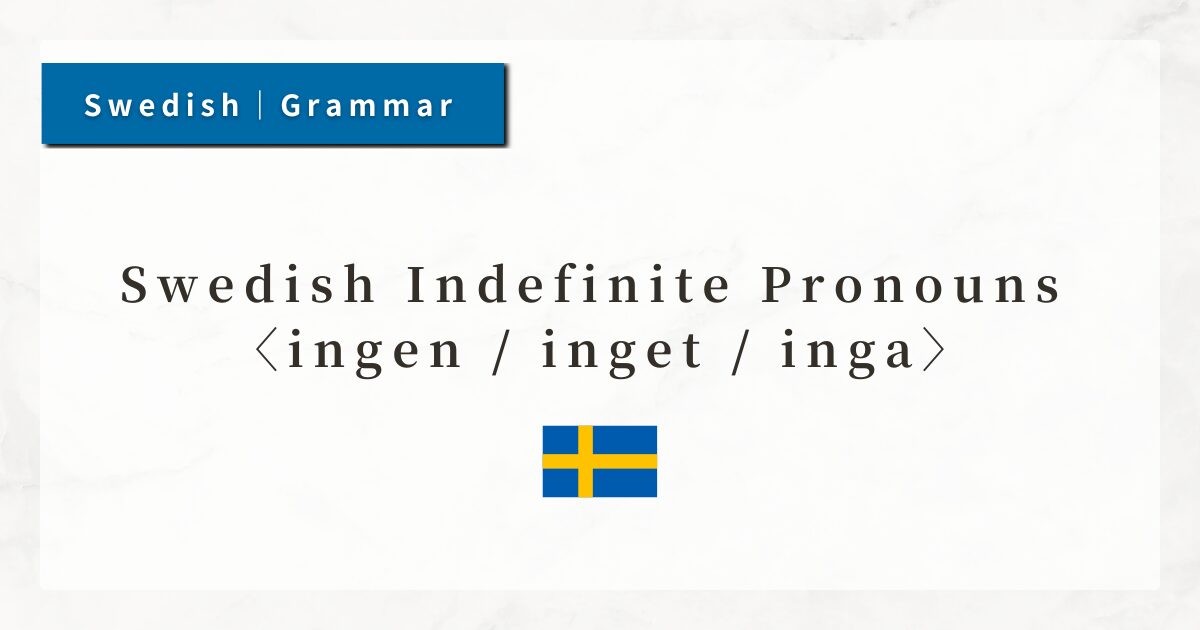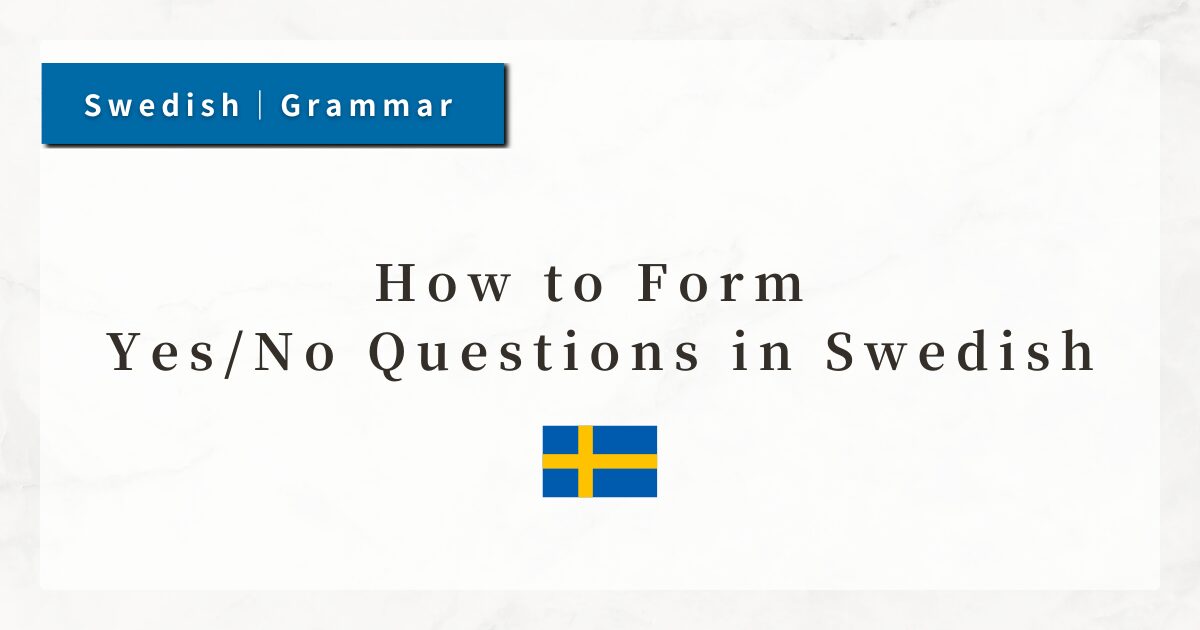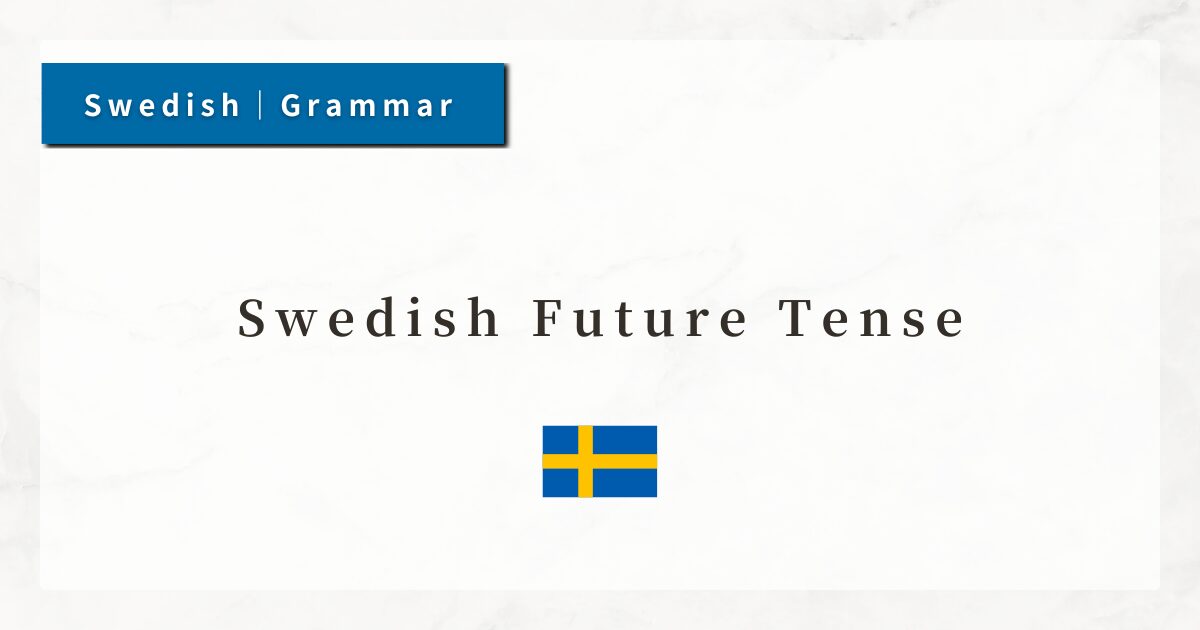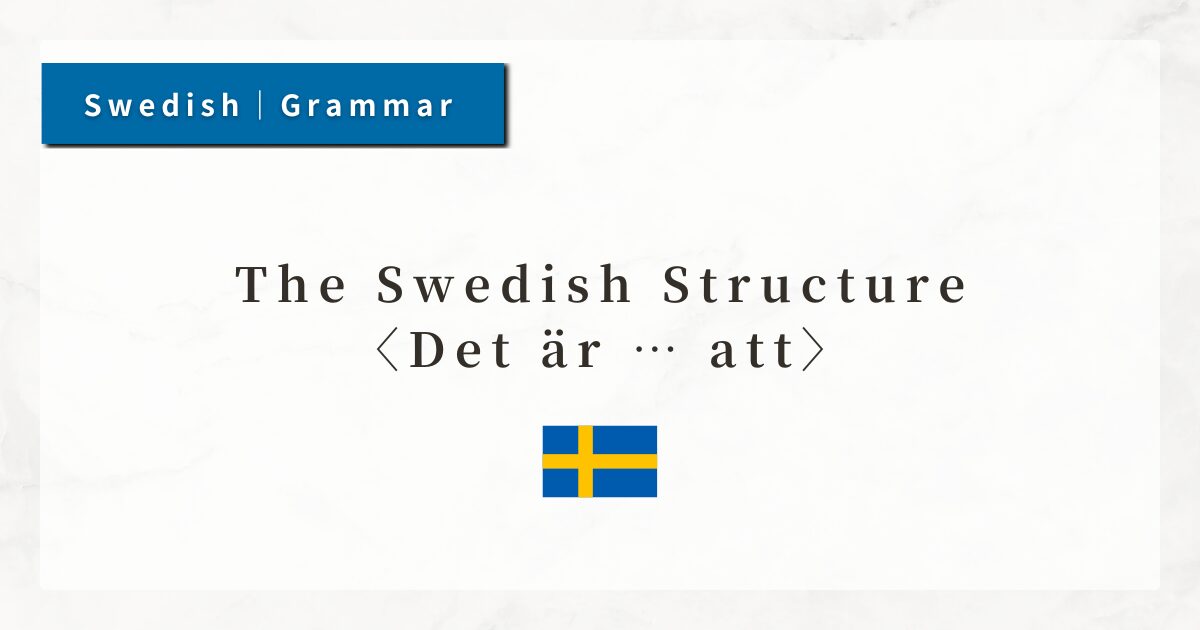#24 Swedish Greetings|Basic Everyday Phrases You Can Use
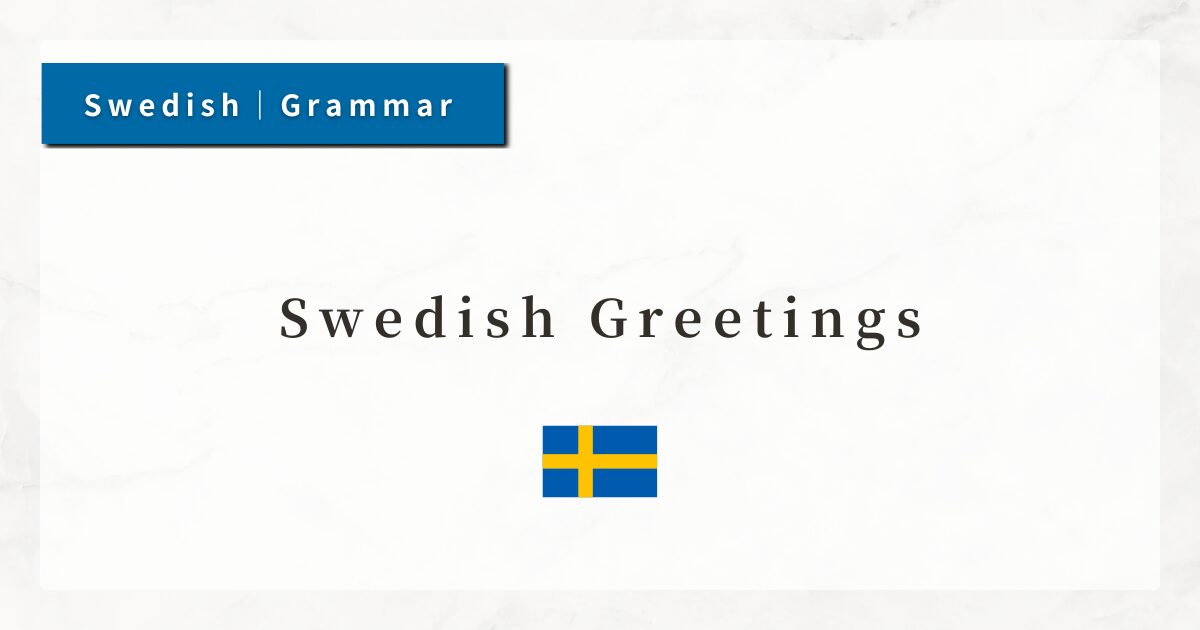
Greetings are the very first step in communication, regardless of the language. In Swedish as well, greetings are essential and are used frequently in daily life.
Swedish greetings are simple, but it is important to choose the appropriate expression depending on the time of day, your relationship with the other person, and the level of formality.
In this lesson, I will explain the basic greeting expressions in Swedish.
1. Basic Greetings: The Versatility of Hej
Hej is the most commonly used greeting in Swedish. It corresponds to “Hello” in English and can be used universally, regardless of time of day or the person you are speaking to.
- Hej: The basic form, equivalent to “Hello” or “Hi.”
- Hej hej: A lighter, friendlier version of Hej, often used between friends.
- Hallå: A casual and friendly expression, sometimes used as a way to call someone’s attention, like “Hey!” or “Hey there!”
2. Time-Specific Greetings
It is also useful to know greetings that change depending on the time of day.
Using these in formal situations, such as when meeting someone for the first time or in a business context, creates a positive impression.
| Time of Day | Greeting | Explanation |
|---|---|---|
| Morning | God morgon | Used in the morning; “Good morning.” |
| Daytime | God dag | A standard “Good day.” |
| Evening | God kväll | Used in the evening; “Good evening.” |
| Before bed | God natt | “Good night,” typically before going to sleep. |
However, in modern Sweden—especially among younger people—God dag is rarely used, with Hej being the preferred option instead.
3. Farewell Greetings
When saying goodbye, Swedes often use expressions that go beyond a simple “farewell,” incorporating wishes for health or well-being.
Combining different expressions makes your speech sound more natural and thoughtful.
| Swedish | Meaning | Usage |
|---|---|---|
| Hej då | Goodbye | The most common farewell; suitable for anyone. |
| Vi ses | See you | Implies “See you again.” |
| Ha det bra | Take care / Bye | Casual, friendly; often used with close acquaintances. |
| God natt | Good night | Often used within families or between partners. |
4. Greetings in Conversation
In Swedish, greetings are often followed by a natural question about the other person’s well-being.
For example, after Hej!, it is common to add: “Hur mår du?” (How are you?)
- A: Hej! (Hello!)
- B: Hej hej! Hur mår du? (Hi! How are you?)
- A: Bra, tack. Och du? (I’m fine, thank you. And you?)
- B: Jag mår också bra. (I’m fine too.)
This natural flow reflects the flat and friendly communication style of Swedish culture.
In particular, “Bra, tack.” (I’m fine, thank you) is a standard phrase after a greeting, so it is helpful to remember it together with the basic greetings.
5. Summary
- Swedish greetings are simple, with Hej (Hello) as the central expression.
- Time-specific greetings such as “God morgon” and “God kväll” create a more natural impression.
- Farewell phrases like “Hej då,” “Vi ses,” and “Ha det bra” convey thoughtfulness toward the other person.
- Adding a phrase like “Hur mår du?” after a greeting helps to expand the conversation.

